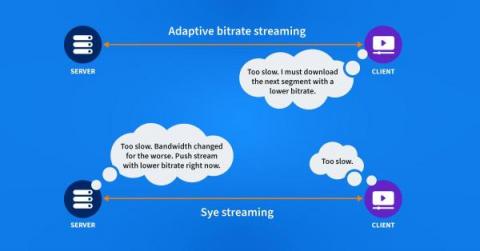Operations | Monitoring | ITSM | DevOps | Cloud
CDN
What you're currently missing from your CDN monitoring tool
A Beginner's Guide to Using CDNs
What is a content delivery network and why is it important
Reasons to Implement Multi-CDN Strategy For Your Website
A Complete Guide to Tracking CDN Logs
The Content Delivery Network (CDN) market is projected to grow from 17.70 billion USD to 81.86 billion USD by 2026, according to a recent study. As more businesses adopt CDNs for their content distribution, CDN log tracking is becoming essential to achieve full-stack observability. That being said, the widespread distribution of the CDN servers can also make it challenging when you want visibility into your visitors’ behavior, optimize performance, and identify distribution issues.
7 Ways to Better Website Performance
Best practices for monitoring CDN logs
By storing copies of your content in geographically distributed servers, content delivery networks (CDNs) enable you to extend the reach of your app without sacrificing performance. CDNs lessen the demand on individual web hosts by increasing the number and regional spread of servers that are able to respond to incoming requests for cached content. As a result, they can deliver web content faster and provide a better experience for your end users.
The Subtle Details of Livestreaming Prime Video with Embedded CDNs
Live sports have moved to the internet and are now streaming instead of being broadcast. Traditional streaming protocols have a built-in delay that challenges the experience of a live game. Amazon Prime has found a solution by combining a new protocol with a very distributed CDN.











